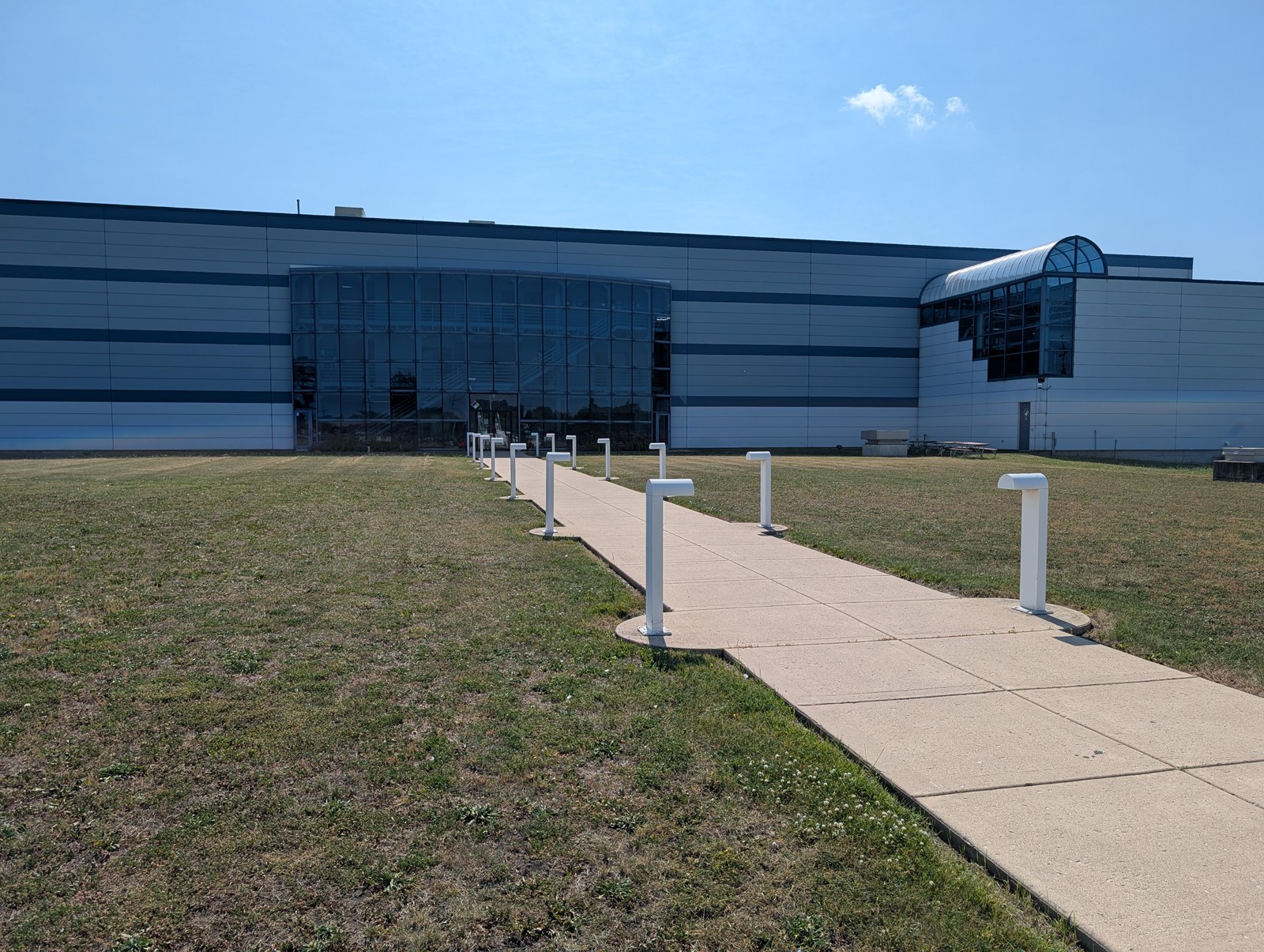
Aurora officials have found high levels of lead in the drinking water supplied to some homes.
Between January and June, 100 samples were collected and tested for lead using recently-heightened federal sampling and monitoring requirements, according to a city news release. More than 10% of the samples contained lead readings above the U.S. Environmental Protection Agency’s “action level,” meaning the city is now required to take certain actions, such as replacing lead service lines, adjusting water treatment practices and implementing public education programs.
While lead was found in the drinking water of specific qualified homes that participate in the sampling program, officials said the results do not indicate all drinking water in Aurora contains lead.
The water coming from the city’s treatment plant does not have lead in it and meets all other water quality standards, city officials said in the release. The lead entered drinking water from pipes connecting houses to city water mains, called service lines, the release stated.
Lead is toxic and can cause serious health problems, especially for children, according to the U.S. EPA.
Even at low levels, lead in a child’s bloodstream can cause developmental issues, the agency’s website says. Lead is dangerous for adults, too, and is of particular concern for those who are pregnant because it can hurt the developing baby.
Aurora has been working to remove lead and galvanized water lines for years. Since 2018, the city has replaced 2,520 lead service lines, with more set to be replaced in the coming years, the city news release said.
Currently, Aurora replaces around three to four miles of lead service lines each year, but ideally that number should be closer to seven to eight miles per year, according to a presentation last month by Jason Bauer, the interim director of Public Works. He said the state will start mandating in 2027 that 3% of all lead water lines be replaced each year.
The recent water rate increase is set to cover the cost of that state mandate, but a different federal mandate may raise that requirement to 10% of all lead water lines, which would cost the city an additional $9 million, Bauer said at the time.
In addition to replacing lead service lines, Aurora is also conducting ongoing sampling to monitor lead throughout its water system, and officials are looking into ways to reduce corrosion in pipes that leads to lead dissolving in water. A public education campaign will offer homeowners information on what they can do to reduce exposure to lead, officials said.
The city’s public notice about the elevated levels of lead contained several tips for how people can reduce exposure to lead in drinking water. Recommendations included using a filter certified to remove lead, cleaning faucets’ aerator, using cold water and running water for a short time before using it, thus clearing water that has sat in pipes.
Plus, residents can learn what material their service line is made out of by visiting lead-service-cityofaurora.hub.arcgis.com. Those who wish to have their water tested can email the Water Production Division for help: leadtesting@aurora.il.us.
Nearby construction or maintenance work may disrupt lead service lines, causing more lead to be dissolved into the water, according to the notice. When this happens, the city will provide a temporary lead filter and will also replace the disturbed lead service line for free within 30 days, the notice said.
Aurora’s recent findings come after the U.S. EPA established new water testing standards in late 2024, according to the city news release. Previously, only the first liter of water that came out of a faucet in a residential unit would be sampled to test for lead particles.
Now, both the first and fifth liters of water must be sampled. This means higher lead rates were found since the fifth liter of water spent more time in the lead service line, so more particles dissolved in the water, officials said.
Because of the testing change, some homes throughout the city now exceed the U.S. EPA’s action level for lead in water of 15 parts per billion, according to the news release.
Water is not the only way people can be exposed to lead. Considering various exposure risks, the state has identified many areas across the state, including in the Aurora area, where children are required to be tested for lead exposure.
These “Pediatric Lead Poisoning High-Risk ZIP Code Areas” can be found on the Illinois Department of Public Health’s website.
Several Kane County ZIP codes were recently added to this list in a gradual effort to expand lead testing for children across the state.
rsmith@chicagotribune.com


 PREVIOUS ARTICLE
PREVIOUS ARTICLE
